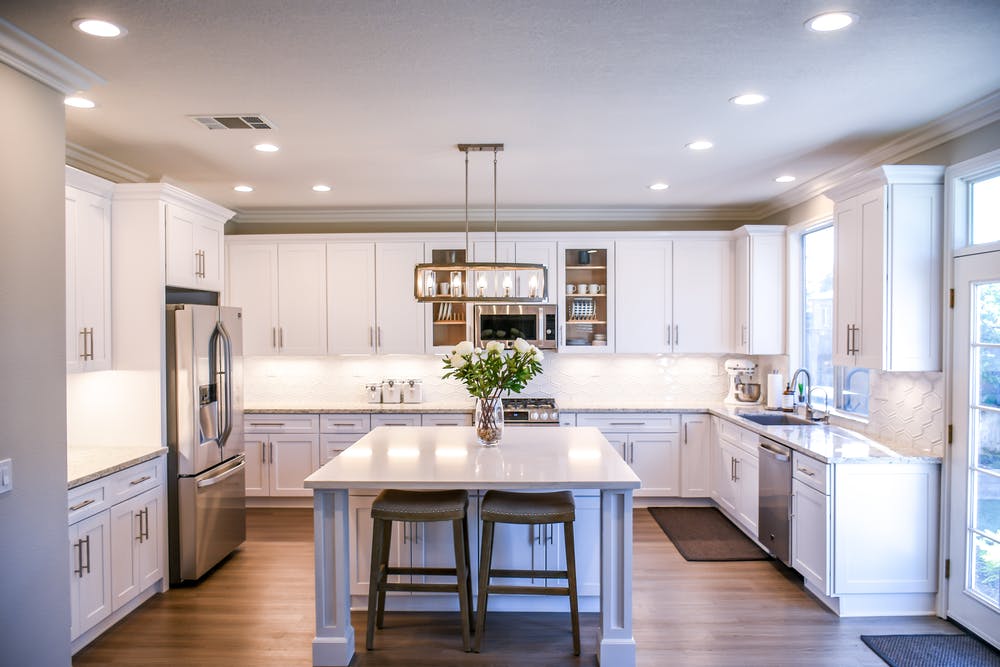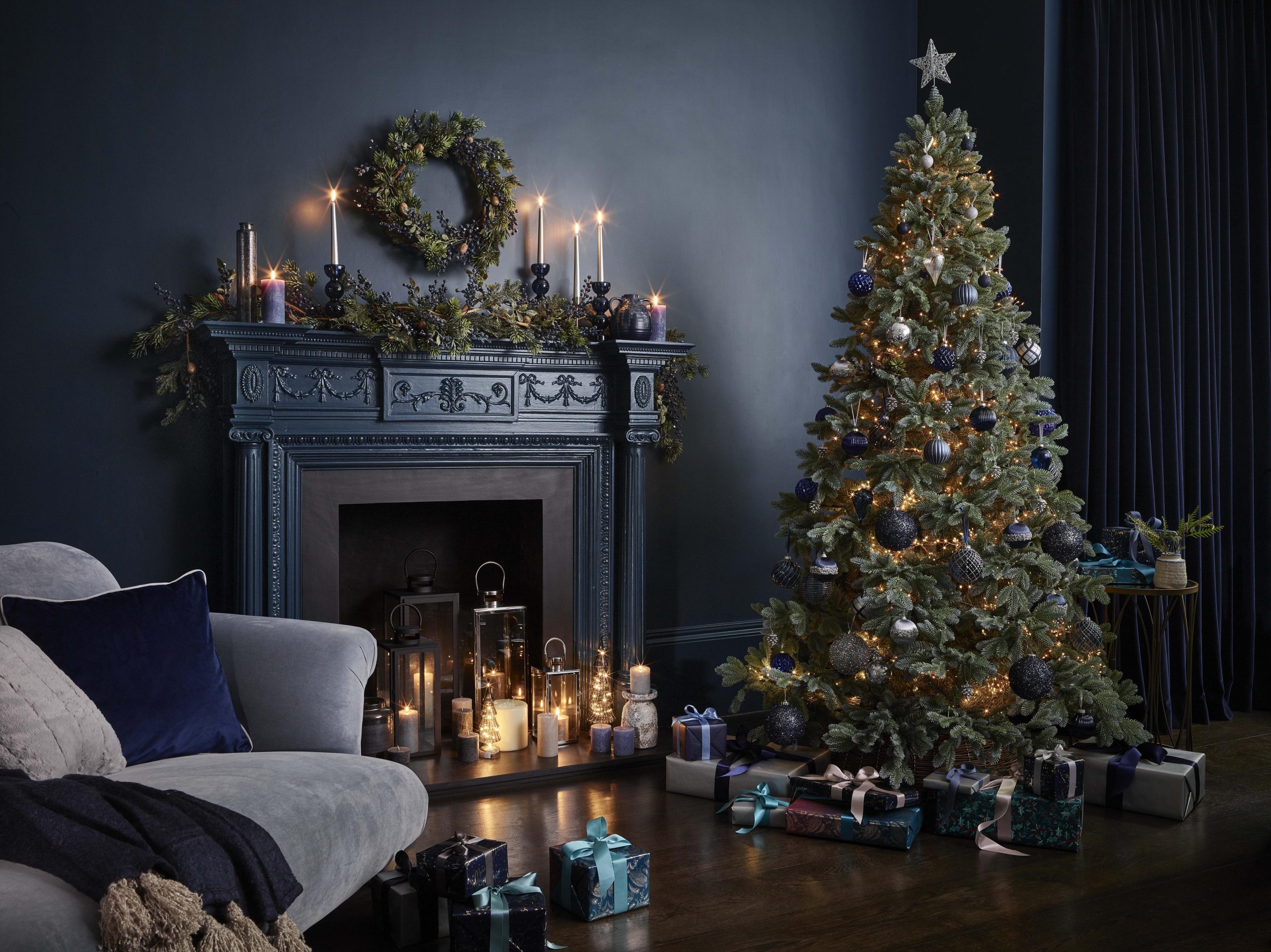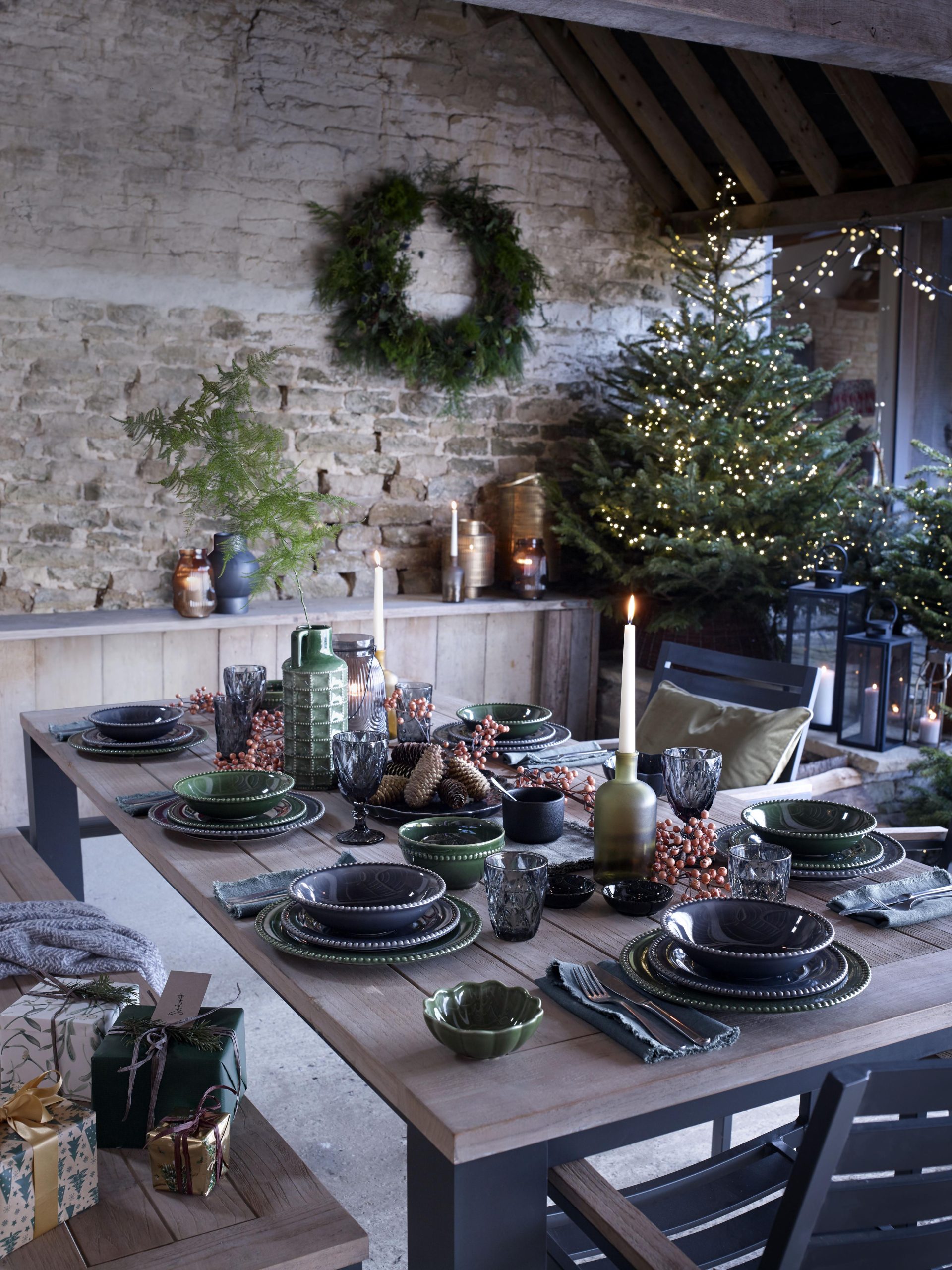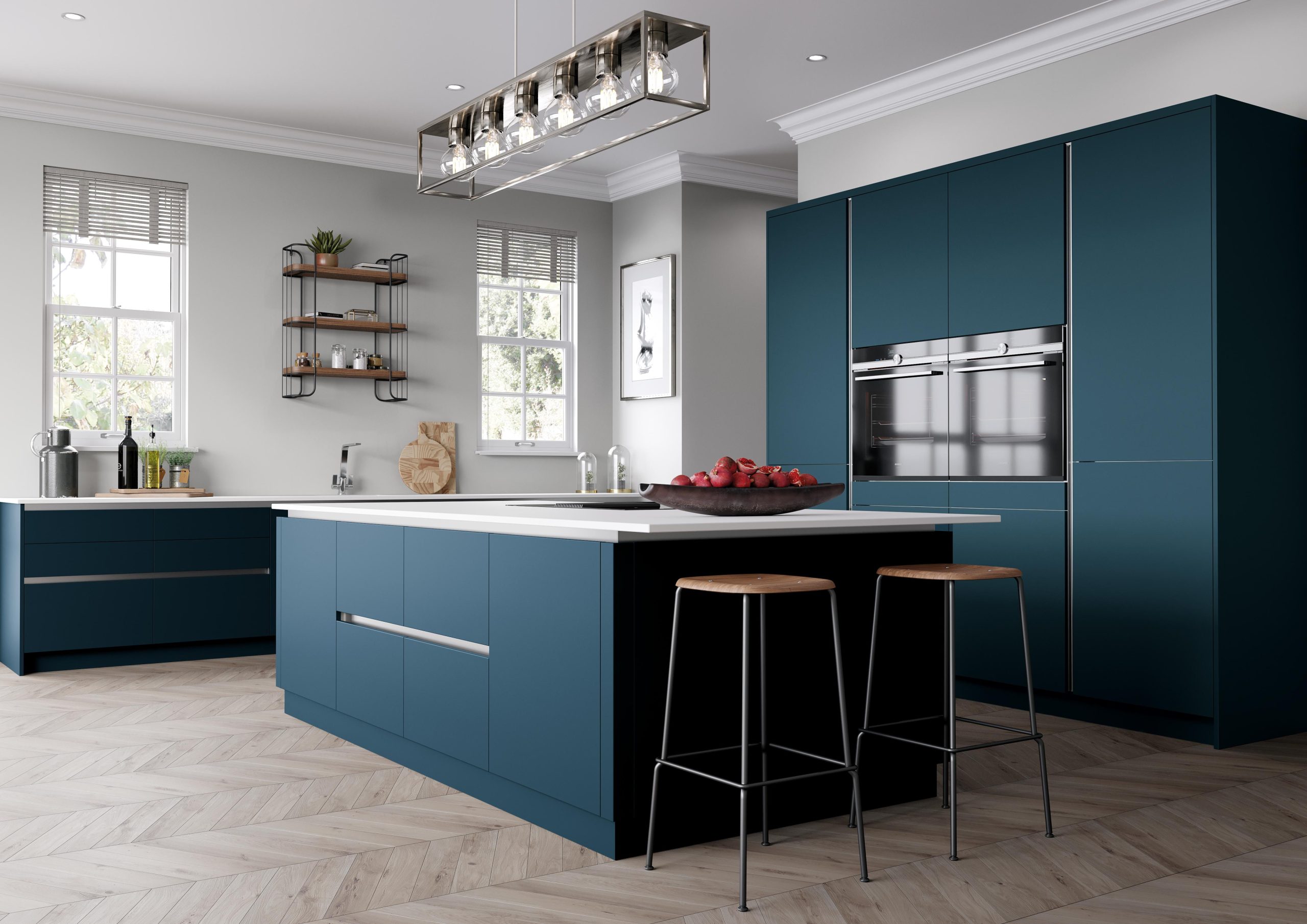By Marie Haaland // SWNS
NEWS COPY w/ VIDEO + INFOGRAPHIC
The average American admits to using five different “cleaning shortcuts” while tidying up their home, according to new research.
The survey of 2,000 general population Americans delved into some of these dubious shortcuts and found the most common one to be misting the room with air freshener (40%) — instead of actually cleaning.
Lighting a scented candle (37%) was the second most popular “cleaning shortcut,” and while it may hide bad odors, it can also adversely impact the air quality in respondents’ homes.
In addition to shortcuts focused on masking smells, making the bed but leaving the rest of their room a mess (29%) rounded out the top three shortcuts those surveyed admit to using.
A quarter of respondents (25%) also said they have a closet or cupboard used to store clutter whenever guests come over — preferring to hide the evidence rather than clean.
Conducted by OnePoll on behalf of Seventh Generation, the survey also looked more broadly at respondents’ cleaning habits and the connection between cleaning and indoor air quality.
Results found 67% have a cleaning schedule for their home, but less than half of those respondents “always” follow it, choosing to cut corners instead.
For those who turn to shortcuts, procrastination and a lack of time to clean properly were tied as the top reasons why (42%), followed by not enjoying cleaning (34%).
Generations clean differently, with millennial and Gen Z respondents admitting to using more cleaning shortcuts than older generations. Specifically, 86% of millennials use shortcuts when cleaning, versus 69% of baby boomers.
Additionally, of those who use shortcuts, 29% of Gen Z respondents admitted to using 6 to10 shortcuts when cleaning.
In good news, 72% of all respondents said their cleaning routine has improved as they’ve gotten older — and, for 62%, they’ve stopped using as many shortcuts as they’ve aged.
Age isn’t the only thing affecting how respondents clean: 61% have adopted new cleaning habits — or a new routine — since the start of the COVID-19 pandemic.
A third of respondents said they’re cleaning “much more often” (34%), and 71% expect these new habits to last beyond the pandemic.
“This past year was impactful to many, and while cleaning shortcuts aren’t going away, it is encouraging to see that amid the pandemic people are changing their habits and ditching these shortcuts for a deeper, environment-conscious clean,” said Katie Jennings, R&D manager at Seventh Generation. “COVID-19 cleaning habits are expected to last and with them also comes an increased awareness of how one’s cleaning impacts their health and that of the environment.”
Not only did respondents’ cleaning habits change as a result of the pandemic, but 62% said spending more time at home has made them more concerned about their indoor air quality.
To improve the air quality in their home, respondents have dusted more in the last year (42%), increased ventilation by opening windows (36%) and used an air purifier (31%).
They’ve also cleaned or changed their AC filter (29%) and have done the same to their HVAC filter (25%).
Results also found 71% are aware of the impact cleaning their home can have on their health — and 64% are aware of the effect cleaning can have on the environment.
“Spending more time at home puts a spotlight on how cleaning can impact the quality of the indoor air you breathe. The awareness that certain cleaning behaviors can impact one’s health continues to grow, making people more cognizant of a shortcut’s negative effects,” said Jennings. “A conscious and thorough clean can impact people and the planet for generations to come.”
RESPONDENTS’ TOP “CLEANING SHORTCUTS”
- Misting the room with air freshener 40%
- Lighting a scented candle 37%
- Making the bed, but not cleaning the rest of the room 29%
- Putting all the clutter into a closet or room 25%
- Placing a dryer sheet in the air vents 21%
- Using a baking soda/vinegar mix on everything 21%







